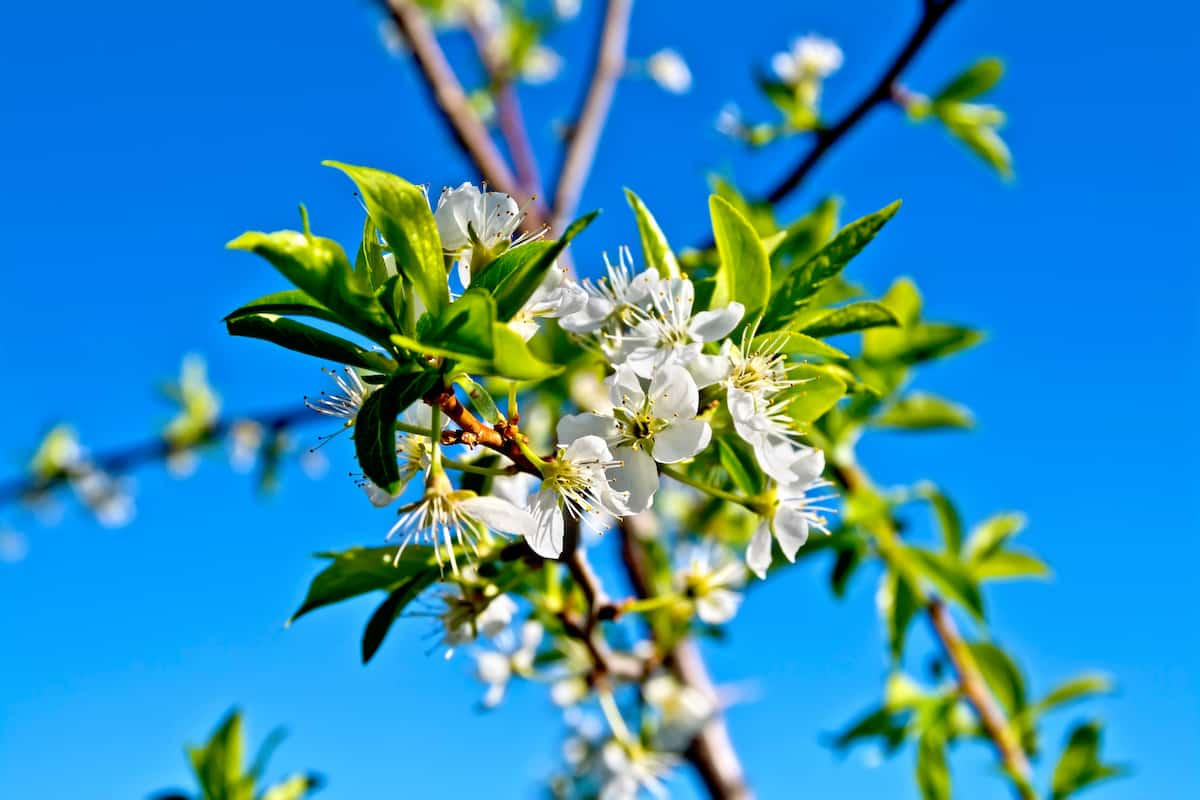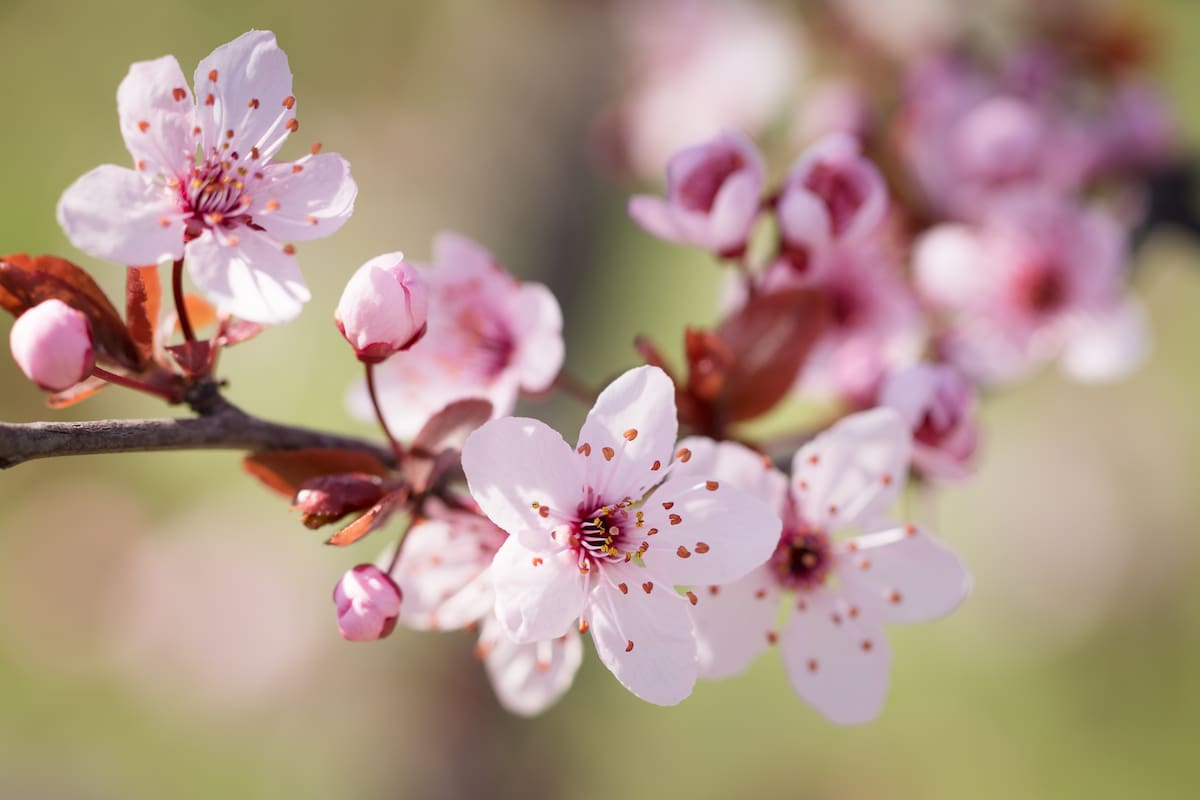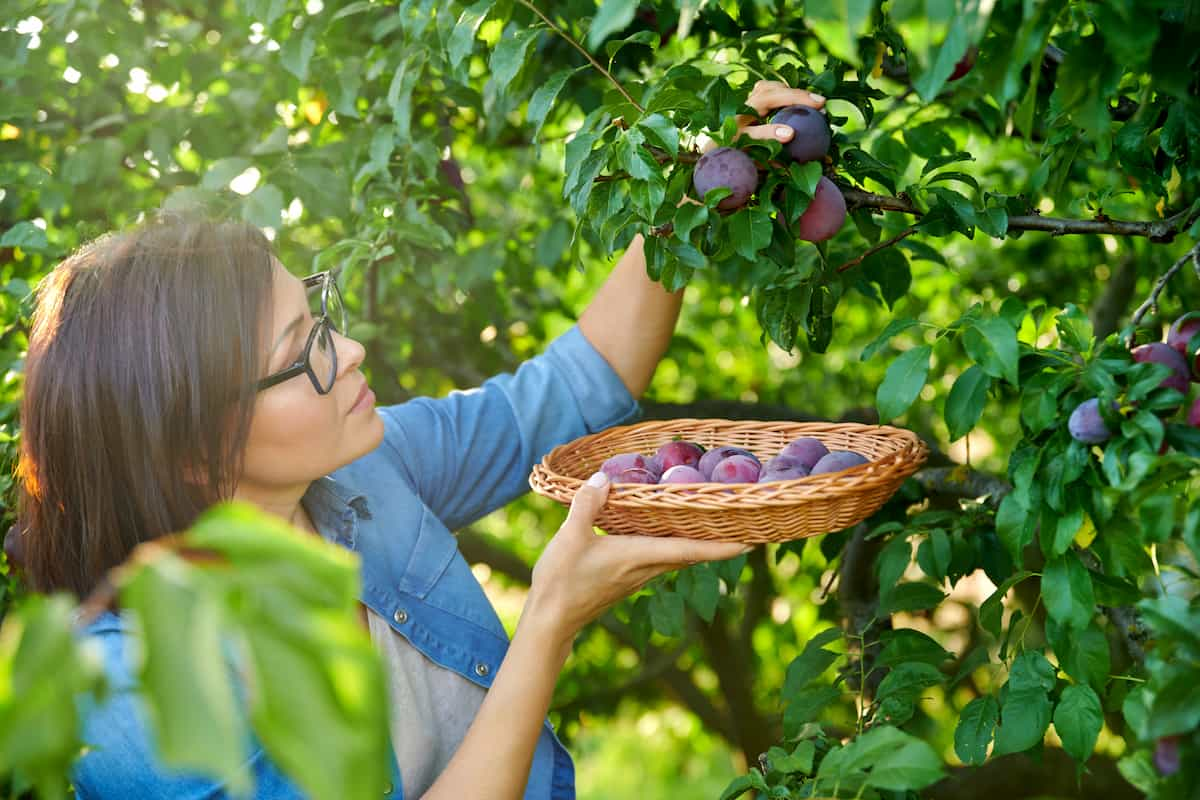To increase the production of female flowers in your plum tree, there are several actions you can take. One of the most effective methods is to prune the tree during its dormant period in winter, as this can encourage new growth and the emergence of flowers in the spring. Ensuring the tree receives enough water and nutrients is crucial since these factors can impact flower production.

Thinning the tree branches can be another approach to allow more sunlight to penetrate the tree’s interior, promoting flower production. Choosing a plum tree variety that produces many female flowers can also help increase the overall fruit yield.
How to Increase Flowers in Plum
Introduction to Plum Cultivation
Plum cultivation is the process of growing plum trees to obtain their nutritious and flavorful fruit. These deciduous trees are typically small to medium in size and have a spreading canopy that can grow up to 20 feet tall. The fruit of plum trees is round or oval-shaped, with skin that ranges in color from yellow to purple to red and can be either smooth or slightly fuzzy. Plums are packed with vitamins, minerals, and antioxidants, commonly used in various culinary applications, including baked goods, jams, jellies, and desserts.
Several factors need to be considered to achieve successful plum cultivation, including proper site selection, soil preparation, irrigation, fertilization, pest control, and pruning techniques. The soil should be well-drained and fertile, and the trees should be planted in an area that receives full sun to encourage optimal growth. Regular watering and fertilization are necessary to promote healthy growth and maximize yield, and pest control measures should be employed to prevent damage to the fruit and trees.
Understand the Anatomy of Plum Flowers
Plum flowers have both male and female reproductive structures, making them hermaphroditic. The stamen is the male structure, composed of a filament and an anther filled with pollen. On the other hand, the pistil is the female structure, which has three parts: the stigma, style, and ovary. The stigma is sticky and is the part that receives the pollen, while the style connects it to the ovary, which houses the ovules that grow into fruits.
Although plum flowers can self-pollinate, cross-pollination between different trees is often necessary for optimal fruit production. Understanding the anatomy of plum flowers is crucial for proper pruning and fertilization techniques to promote healthy growth and fruitful yields. Gardeners should ensure that the flowers are adequately fertilized and avoid over-pruning the trees to prevent damage to the reproductive structures. Additionally, planting different varieties of plum trees nearby can improve cross-pollination, leading to higher-quality fruit.
The Best Variety of Cultivation Plum
These plums include Black Beauty, Early Golden, Friar, Methley, Ruby Queen, Santa Rosa, Shiro, Victoria, Damson, Greengage, Elephant Heart, Chinese Plum, Burbank , Fortune , Ozark Premier, Emerald Beauty , and Black Ruby .
Optimal Growing Conditions for Plum
- Well-draining soil, full sun exposure, and moderate temperatures are ideal for plum growth.
- Regular watering is crucial to maintain soil moisture levels, particularly during dry seasons.
- Proper pruning is essential for controlling the size and shape of the tree, improving air circulation, and promoting fruit production.
- Plumber trees’ ideal soil pH range is between 6.0 to 7.0 for optimal growth.
- Plain plum trees in areas with good air circulation and protection from strong winds are recommended.
- Cross-pollination is necessary for fruit production, so it’s best to plant multiple varieties of plum trees.
- Good soil fertility is vital for plum trees’ healthy growth and fruit production.
- Avoid planting plums in areas with standing water or poorly draining soil, as they can cause root rot, leading to the tree’s decline.
In case you missed it: How to Increase Female Flowers in Grapes: Explained in 10 Simple Steps for High Yields and Profit

Plum Flowering Stage
The success of fruit production in plum trees largely depends on the flowering stage, which usually occurs in early spring. Still, its timing varies based on the cultivar and local climate. Plum trees produce delicate and aromatic white or pink blossoms that attract bees and other pollinators, and sufficient pollination is essential for fruit production. After pollination, the flowers fade, and small fruits begin to develop. Adequate watering and nutrient-rich soil are critical during this stage to support the tree’s growth and fruit production. The flowers must be protected from late frost or excessive heat, which can adversely affect fruit development.
Factors that Affect Less Female Flowers in Plum
- Age of the tree – Younger trees produce fewer female flowers than mature trees.
- Improper pruning techniques – Over-pruning or pruning at the wrong time can reduce flower production.
- Lack of pollination – Plum trees require adequate cross-pollination to produce fruit.
- Environmental factors – Extreme weather conditions like heat, cold, or drought can affect flower production.
- Nutrient deficiency – Lack of essential nutrients, such as nitrogen or phosphorus, can reduce flower production.
- Disease and pest infestations – Infected or pest-infested plum trees may have reduced flower production.
- Genetics – Some plum tree cultivars may naturally produce fewer female flowers due to their genetic makeup.
10 Simple Tips to Increase Female Flowers in Plum
- Plant multiple varieties for cross-pollination.
- Prune properly to encourage flower production.
- Fertilize regularly during the growing season.
- Keep soil moist through regular watering.
- Control pests and diseases to maintain tree health.
- Choose a sunny location with good air circulation.
- Mulch around the base of the tree to conserve moisture.
- Avoid over-pruning, which can reduce flower production.
- Promote good air circulation by proper pruning.
- Avoid excessive fertilization, which can negatively impact flower production.
In case you missed it: How to Increase Female Flowers in Dragon Fruit/Pitaya: Explained in 10 Steps for More Yields and Profit

Conclusion
To increase the fruit yield of your plum tree, it’s important to increase the production of female flowers. This can be done by choosing a suitable location, planting different plum tree varieties, following proper pruning techniques, regular fertilization, and soil moisture maintenance. Furthermore, preventing pests and diseases, mulching, promoting good air circulation, and avoiding over-pruning and excessive fertilization are all effective ways to increase the number of female flowers.
- Feed Your Flock for Less: Top 10 Tips to Save on Chicken Feed
- Ultimate Guide to Ossabaw Island Hog: Breeding, Raising, Diet, and Care
- Hatching Answers: The Top 10 Reasons Your Chickens Aren’t Laying Eggs
- Eggs and Economics: Breaking Down the Cost of Raising Backyard Chickens
- Defend Your Greens: Proven Methods to Keep Iguanas Out of Your Garden
- Ultimate Guide to Cinnamon Queen Chicken: A Comprehensive Guide for Beginners
- Ultimate Guide to California Tan Chicken: Breeding, Raising, Diet, Egg-Production and Care
- Ultimate Guide to Marsh Daisy Chicken: Breeding, Raising, Diet, and Care
- 10 Types of Chicken Farming Businesses You Can Start for Profits